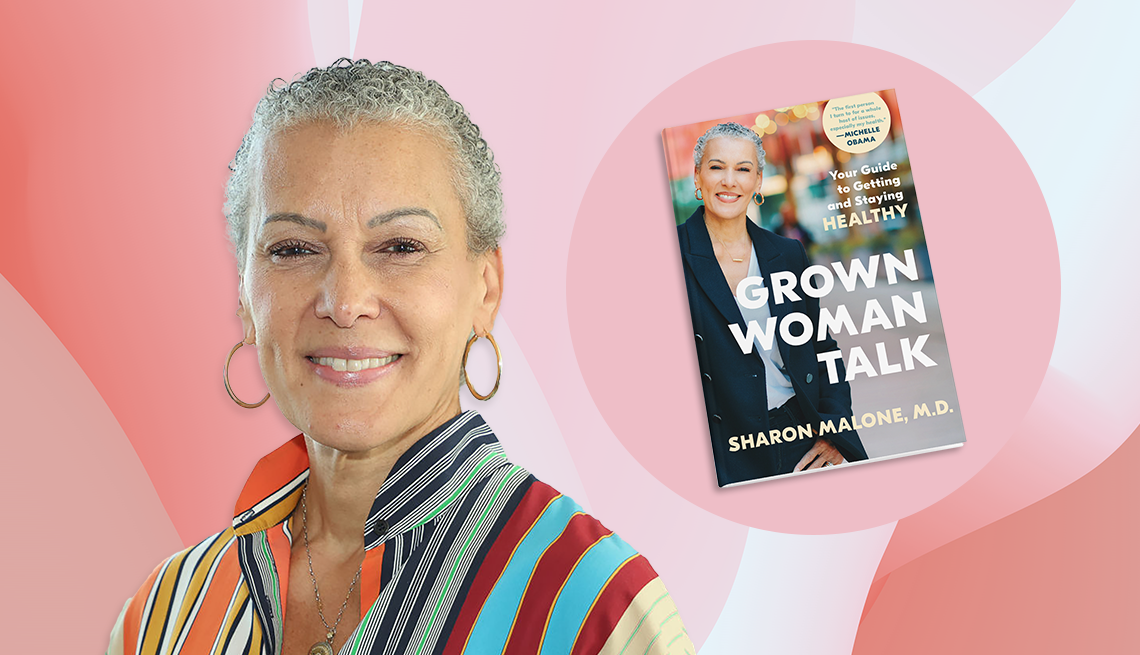AARP Hearing Center


As we age, having the right doctor has never been more important. For starters, this is the time of life when most of us will require the most medical care. Meanwhile, we may find that our usual doctors don’t accept Medicare. Our needs change.
And yet we often spend more time and care evaluating which dishwasher to buy than we do assembling our medical team.


AARP Membership— $12 for your first year when you sign up for Automatic Renewal
Get instant access to members-only products and hundreds of discounts, a free second membership, and a subscription to AARP the Magazine.
Perhaps you never knew how to evaluate which doctor is best for you. (Hint: Your hairdresser is not always your best source.) That’s why I’d like to share with you some resources you can use to pick a doctor who makes sense for you. Yes, competency matters, but so does cost and convenience. So take the time. Do a little homework. I promise you won’t regret the effort, and you might just save yourself some money in the process. I hope you find the guidance below helpful.
The following is an excerpt from my new book, Grown Woman Talk: Your Guide to Getting and Staying Healthy (April 9), a practical guide to aging and health for women who have felt ignored or marginalized by the medical profession.
How to choose a doctor
In most doctor’s offices today, nobody’s talking, everybody’s typing. No one recognizes your face, knows your name or asks about your kids. Of course, you’ll be seen by a physician, physician’s assistant or nurse practitioner, as well as a nurse or medical assistant. And let’s not even discuss artificial intelligence — but don’t be surprised if in the not-too-distant future you’re interacting with Dr. Chatbox. But how often, once you leave, will you really feel like you’ve been more than just Patient X in Exam Room D on Day 3 of another doctor’s dispassionate week on their J-O-B?
The answer to this question depends on how carefully you choose your medical home. Start with your insurance provider and choose a primary care doctor (internist or family practitioner) within that network. If you don’t, you’ll leave money on the table, and you won’t necessarily get any better care.
Run your provider’s list by friends and family to see if there’s any overlap with doctors they know or can recommend. Also pay attention to:
- Location. Annual appointments an hour away might work, but what if you require frequent visits? Or if you are in pain and travel is uncomfortable? Suppose you have mobility issues and walk with a cane or walker — is there ample parking nearby? Is the office easily accessible by public transportation? Convenience matters. A lot.
- Hospital affiliation. Make sure you’re comfortable with the ratings and rankings for the hospital your doctor is affiliated with (readily available through several sources online), as well as its proximity to you. You will ultimately want to keep your doctors aligned with the same hospital, if possible.
Once you’ve identified an option or two, do some sleuthing. Google is not where you should seek a diagnosis (ever!), but it’s great for getting intel on some of the following details:
1. Board certification. You might be surprised by how many practicing doctors are not board-certified. Although board certification is not a guarantee of good care, it is a helpful data point. Ideally, you want those who are. This information is available online (I recommend certificationmatters.org).
2. Licensing and disciplinary action. Local and state medical boards maintain databases related to the licensing and disciplining of doctors. These feed into the Federation of State Medical Boards Physician Data Center, a comprehensive repository of the nation’s more than 2 million licensed doctors, which includes disciplinary actions and malpractice cases dating back to the early 1960s.






























































More From AARP
Members Only
‘The Raging Storm’
AARP members can read or listen to the third crime novel in Ann Cleeves' Two Rivers series free online
Books
Books Preview: 28 of Spring’s Top Reads
David Baldacci, Stephen King, Salman Rushdie, Tana French, Erik Larson and more authors with new releases this season
Books
Why Kristin Hannah’s New Novel, ‘The Women,’ Is Her Favorite
The dramatic story highlights nurses’ unsung service during the Vietnam War
Recommended for You